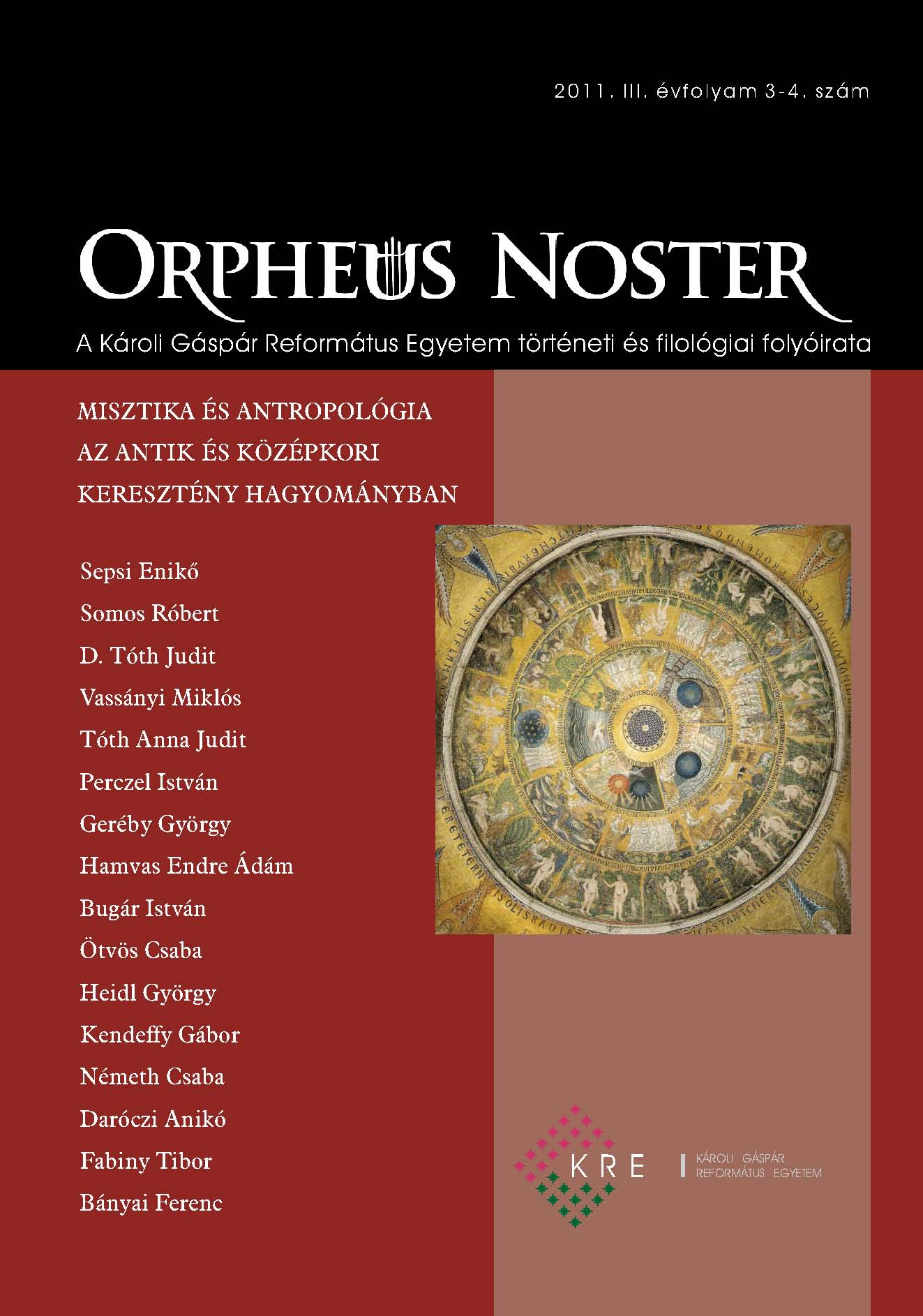A „Stirring” fogalma a 14. századi The Cloud of Unknowing című műben és annak két magyar fordítási kísérlete
The Concept of Stirring in the Cloud of Unknowing
Author(s): Tibor FabinySubject(s): Christian Theology and Religion, Language studies, Language and Literature Studies, Studies of Literature, Theology and Religion, Philology, Translation Studies
Published by: Károli Gáspár Református Egyetem
Keywords: 14th century; shades meaning of stirring; Richard of St. Victor; Hungarian translations
Summary/Abstract: The practical spiritual guidebook The Cloud of Unknowing was written in the latter half of the 14th century by an anonymous English monk who counselled a young student to seek God not through knowledge but through what he speaks of as a “naked intent” and a “blind love” which the author calls “stirring.” The paper studies the shades meaning of this term which occurs more than sixty times in the mystical treatise. The author of The Cloud wrote some further treatises, one of them entitled A Pistle of Discretcioun of Stirings where he paternally warns his ‘goostly freend in God’ of the possible double provenance of stirrings. Following Richard of St. Victor, he makes the distinction of “two mights” in a man’s soul: “reason” and “affection:” “through reason we know, and through affection we feel or love.” A strikingly similar distinction is made between “the two faculties” in Jonathan Edwards’ A Treatise on Religious Affections (1746) where the American author calls the first (rational) faculty “understanding,” and the one which has to do with the inclination of the heart, “affection.” This latter faculty is translated into Hungarian as “indulat.” Our anatomy of various connotations of “stirring” is substantiated by strutinizing the modern English translation of The Cloud by Clifton Wolters (1961) and two Hungarian translations, one by László Lukács (1987) and the other by Gábor Losonci (1994). Losonci found the brilliant Hungarian word „moccanás” which best corresponds to the original “stirring.” The translator uses this almost as frequently as the original author uses “stirring.” However, at the end of the Hungarian translation of The Cloud Losonci uses “indulat” rather than “moccanás,” which is not entirely consequent to his otherwise faithful project. Nevertheless, this solution supports our thesis, namely, that “moccanás” and “indulat,” i. e. “stirring” and “affection” are ultimately one.
Journal: Orpheus Noster. A KRE Eszme-, Kultúr-, és Vallástörténeti Folyóirata
- Issue Year: III/2011
- Issue No: 3-4
- Page Range: 168-181
- Page Count: 14
- Language: Hungarian

